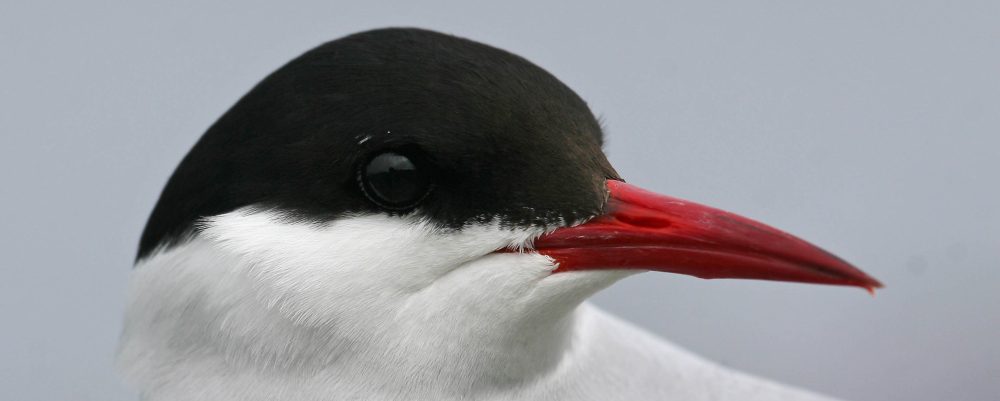I am asked time after time about binoculars. “Which do I buy?” “How much do I spend?” “What do I look at when I buy?” I thought therefore I would put a series of articles together that would go into a little more detail than we have time to go into when we’re out on our tour.
Firstly do you need binoculars? – a resounding “yes” is the answer. You can’t hope to see wildlife properly without them. If you are a photographer the main factor in getting a good photograph is getting to know your subject and getting close. You can’t do either without having a pair of binoculars around your neck.
Magnification: On every pair of Bins you will find a couple of numbers: 10×50 or 8×35 or 8×38 or 10×40 are a few examples. The first number denotes the magnification. For instance 10x magnification makes an object appear 10 times closer than it is.
The greater the magnification the harder it is to hold the binoculars steady and get a clear image. If you are under the age of 50 you shouldn’t have any difficulty in using 10x binoculars but the older you get it may be preferable to drop to 8x.
The field of view decreases with increasing magnification. If you are using binoculars at sea on a pitching boat consider using 8x or even 7x to stabilise the image a little.
One other thing not often realised is the depth of field increases at lower magnification. Objects over a greater range will be in focus whereas binoculars at higher magnifications will need to be refocused more often.
Aperture: The second number in the pair is the diameter of the objective lens (furthest from the eye) in millimetres. The greater this number the bigger the binoculars are going to be and therefore the heavier they will be but they have a greater light gathering capacity and therefore have the capability of giving a brighter image. Sometimes a brighter image is more important in giving a clearer image than a larger image that high magnifications can give.
OK that’s it for this time we’ll do this in bite sized pieces. Next time we’ll look at the relevance of ‘exit pupils’ and ‘design’ of binoculars.
My own trusty Leica 10×42’s – time for a change?





